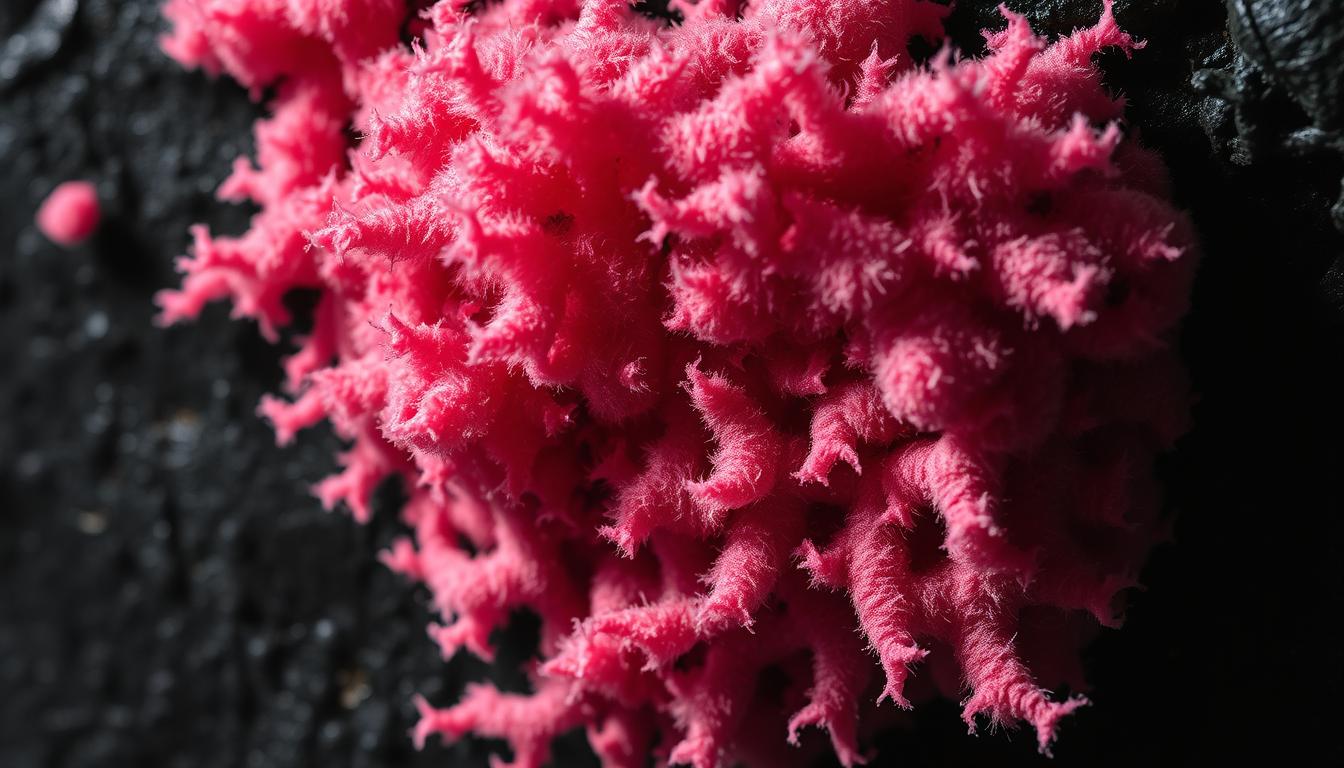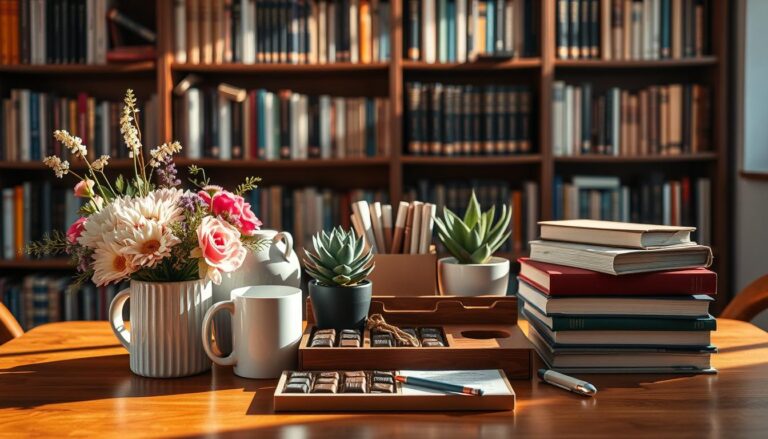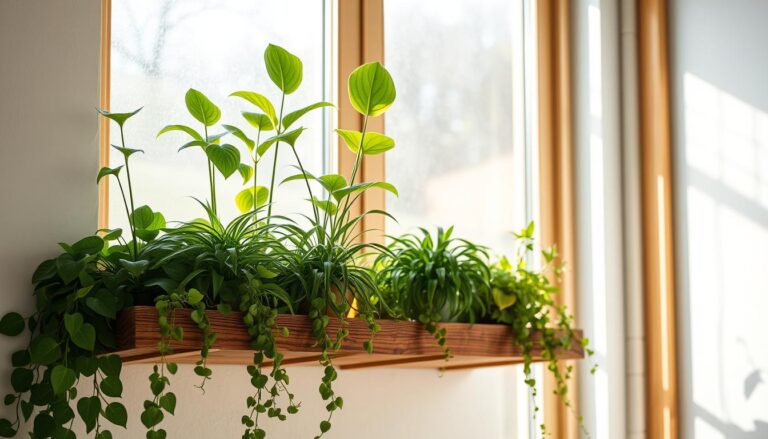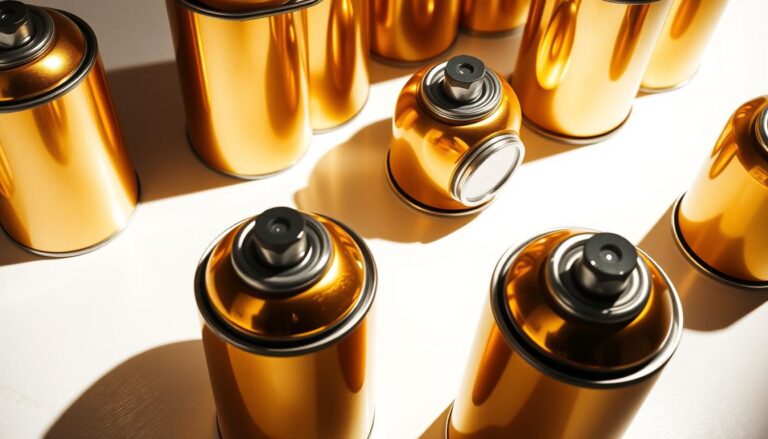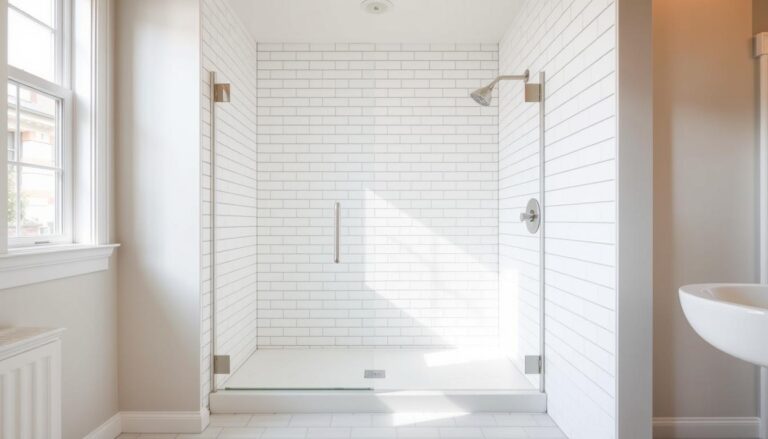Pink Mold
In our homes, we often face challenges like pink mold. This mold grows in damp places and can be harmful. We’ll learn how to spot and get rid of it.
Knowing what causes pink mold and its health risks is key. This knowledge helps us keep our homes safe and healthy. We’ll share steps to prevent mold, keeping our spaces clean and free from mold.
Understanding Pink Mold and Its Causes
We all want our homes to be clean and healthy. But sometimes, we find unexpected guests like pink mold. This mold is actually a bacteria called Serratia marcescens. It usually shows up in damp places. Knowing what pink mold is helps us manage and prevent it.
What is Pink Mold?
Pink mold is not the same as regular mold. It’s actually a type of bacteria that grows in humid areas. It often appears in bathrooms and kitchens where it’s wet. Understanding pink mold helps us prevent it from growing.
Common Causes of Pink Mold Growth
Knowing why pink mold grows in our homes is key to keeping them clean. Some common reasons include:
- Too much humidity
- Bad ventilation that stops air from moving
- Leaks from pipes or plumbing
How to Identify Pink Mold in Your Home
Spotting pink mold early is important to fix the problem. Look out for:
- Pink streaks on shower curtains and tiles
- Pink spots on bathroom walls and ceilings
- Discoloration near sinks
A good home inspection is vital to catch pink mold early and deal with it right away.
Pink Mold: Health Risks and Concerns
We must know the health risks of pink mold in our surroundings. Understanding its effects helps us take action. Symptoms can include breathing problems, skin issues, and allergies. Spotting these signs early is crucial.
Possible Health Effects of Exposure
Pink mold can cause different health problems. The severity depends on how long and how much you’re exposed. Key concerns include:
- Respiratory issues such as coughing, wheezing, and shortness of breath.
- Skin irritation which can lead to rashes or itching.
- Allergic reactions that may manifest as sneezing, runny nose, and itchy eyes.
People with breathing problems may see their symptoms get worse. This is a reason to seek help right away.
Who is Most At Risk?
Some groups face higher risks from pink mold. These include:
- Children, who have developing immune systems.
- The elderly, whose health may already be compromised.
- Individuals with pre-existing health conditions, such as asthma or allergies, who are more likely to experience pronounced effects.
Knowing who’s at risk helps us protect ourselves and others. It’s about looking out for those who might be more vulnerable.
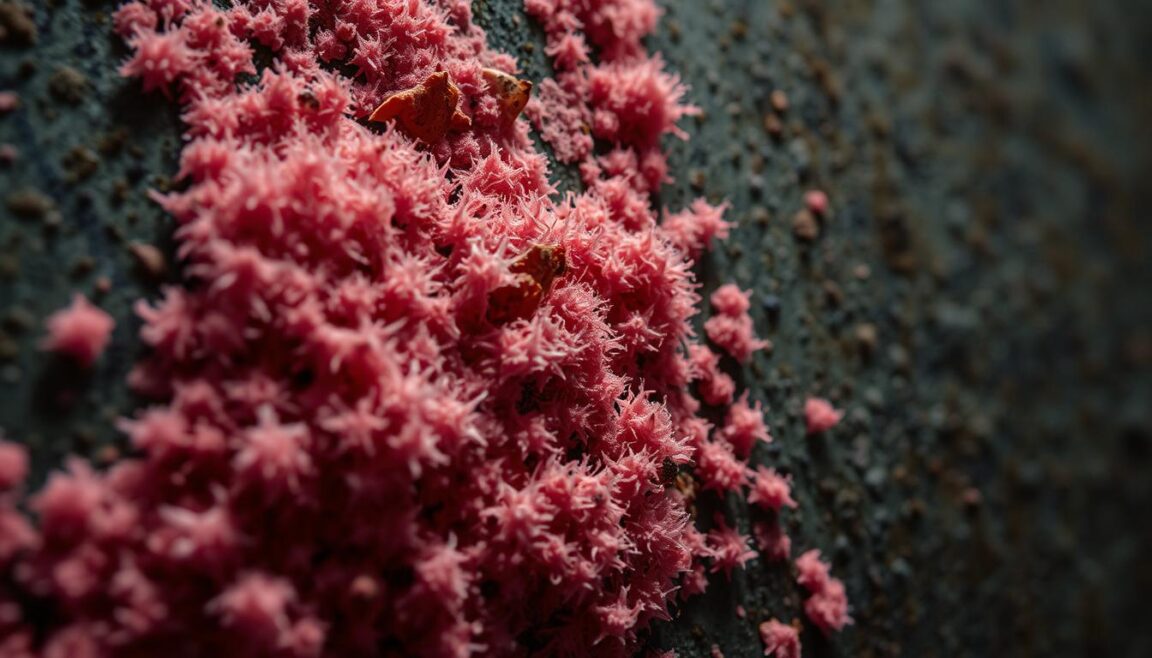
How to Effectively Remove Pink Mold from Your Home
Removing pink mold requires the right tools and knowledge. We need to use the right cleaning supplies and follow a clear process. Let’s look at what we need for this task.
Essential Cleaning Supplies We Need
To fight pink mold, we need some key cleaning items. Here’s a list of what we can use:
- White vinegar
- Baking soda
- Commercial mold removers
- Spray bottles
- Scrubbing brushes
- Protective gloves and mask
- Microfiber cloths
Step-by-Step Guide to Cleaning Pink Mold
With our cleaning supplies ready, we can start the cleaning process:
- Wear protective gloves and a mask to stay safe.
- Make sure the area is well-ventilated by opening windows or using fans.
- Use a mix of water and white vinegar on the mold. Let it sit for 10 minutes.
- Scrub the area with a brush to remove the mold. For tough spots, add baking soda and scrub.
- Wipe the area dry with a clean microfiber cloth.
- If mold still exists, use a commercial mold remover as directed.
- Throw away any dirty cleaning materials and wash your hands well.
Preventing Future Pink Mold Growth
To stop pink mold from coming back, we need to act early. Here are some tips to prevent it:
- Keep humidity levels low, between 30-50%.
- Use dehumidifiers in damp places like basements and bathrooms.
- Improve air flow by using exhaust fans in kitchens and bathrooms.
- Check for and fix leaks in pipes and roofs quickly.
- Clean and dry spills or water right away.
Decor Tips for a Mold-Free Space
Creating a mold-free decor environment is more than just making things look good. It’s about making our spaces functional. By controlling moisture, we can make our homes look better and stay healthy. Using plants like peace lilies or spider plants is a great idea. They clean the air and keep humidity levels in check.
Choosing the right paint is also key. Look for mold-resistant paints like those from Benjamin Moore. They keep walls looking fresh and clean. Using light, breathable fabrics for curtains and furniture helps too. These materials let air and moisture move freely, keeping our homes fresh.
Smart storage is crucial for a mold-free home. Use containers with moisture absorbers or keep things off the ground. This way, we can keep our homes stylish and healthy. Let’s make sure our living spaces are both beautiful and safe for everyone.

